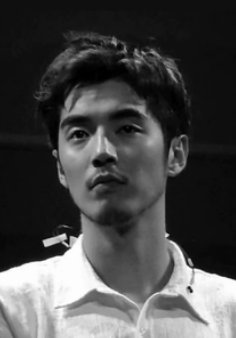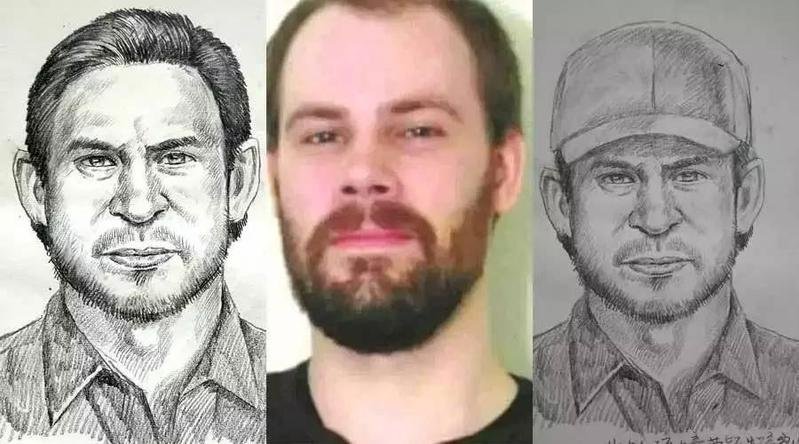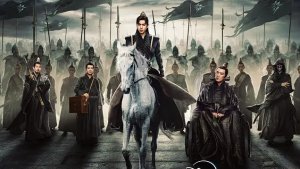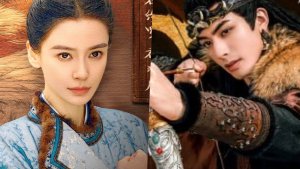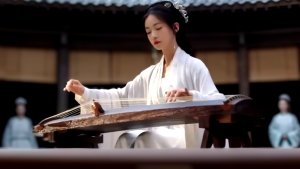 The Presence of Arts in The Double
The Presence of Arts in The Double
Warning: Individual cases may contain light spoilers. No spoiler on the main plot. |
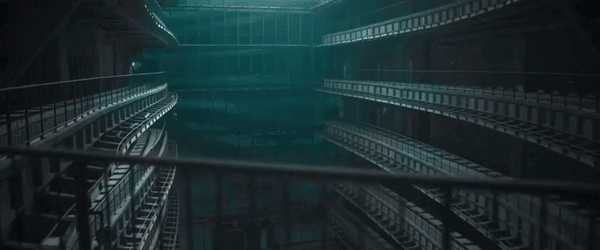 |
INTRODUCTION
Crime thrillers, detective investigations and police procedurals are a dime a dozen. You’ve seen them once, you’ve seen them all. For the most part, all these dramas share a very similar DNA, whether it be from China, Japan or even South Korea. Each with its own discernible style and quirks, yet familiarly moulded in its concept and execution.
But how about something refreshingly different, innovative yet profoundly poignant? Well, ladies and gents, we were fortunate enough to discover this gem during the first quarter of 2022. Presenting to you the C-drama, Under the Skin.
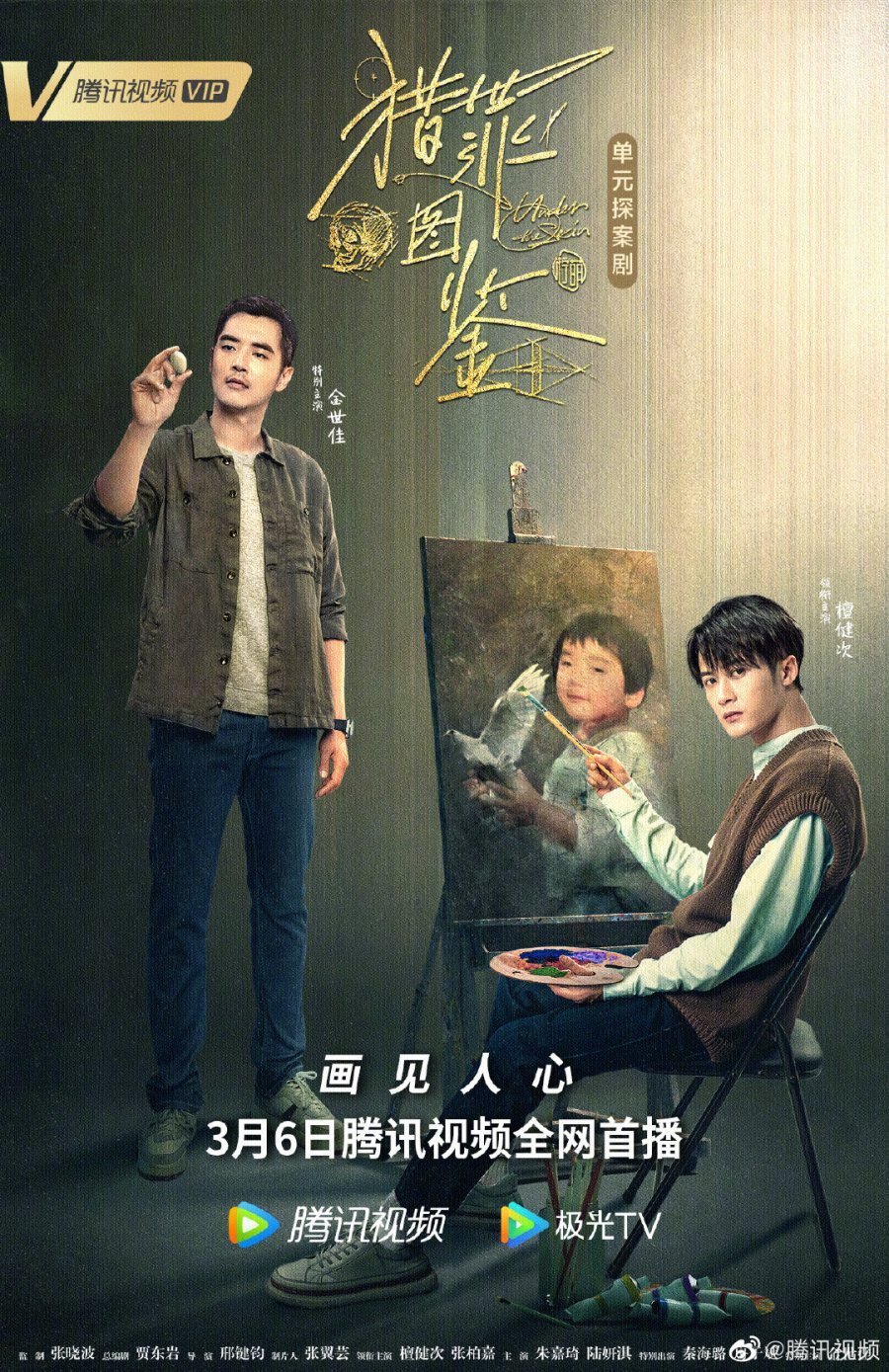 | Under the Skin (2022) |
| Native title: 猎罪图鉴 Alternative titles: Lie Zui Tu Jian, Crime Hunting Manual Country: China Episodes: 20 Aired: 6 Mar, 2022 - 16 Mar, 2022 Duration: 45 min. Genres: Crime, Thriller, Mystery Warning Tags: Rape, Domestic Violence, Suicide Trailer: Viki Where to watch: Viki, iQiyi |
SUMMARY
The young painter Shen Yi from the Academy of Fine Arts, who is also a forensic arts instructor of the Police Academy, entered the Beijiang Police Sub Bureau as a Forensic Artist. Interpol Team Captain Du Cheng was furious and said that he would never accept Shen Yi, who caused detective Lei Yi Fei's death. Lei Yi Fei is Du Cheng's best friend and mentor. Five years ago, a mysterious woman asked Shen Yi to draw an adult version of a child's photo. This painting caused Lei Yi Fei, the one in the photo, to be killed. The strange thing is that, no matter how hard Shen Yi tried to recall, he could not draw the face of the woman who ordered the portrait (excerpted from iQiyi).
PREMISE & STORY
Not the usual buddy cop story, but rather one that is infused with endearing enemies-to-bromance vibes between two polar opposites, amidst the backdrop of forensic arts.
This is an area of forensic procedural that has been ever-present in the genre but never fully conceptualised as the main premise of a story, at least as far as recent productions are concerned that we are aware of.
In contrast to the usual hard-boiled detectives who perform the nitty-gritty legwork, the hyper enthusiastic team of investigators or the gung-ho swat team, this drama features a genius portrait artist who specialises in forensic art to determine the facial profile and thus identify various perpetrators and persons of interest as part of criminal investigations.
Oftentimes, technology is relied upon to capture images via the use of CCTVs or even personalised devices, such as dash cams or smartphones. But what if the so-called suspects are clever enough to evade these cameras, conceal their faces or even alter their appearances by way of disguises and cosmetic surgery? One of the possible solutions is the unique methodology of forensic art.
CHARACTERS
Tan Jian Ci as Shen Yi | |
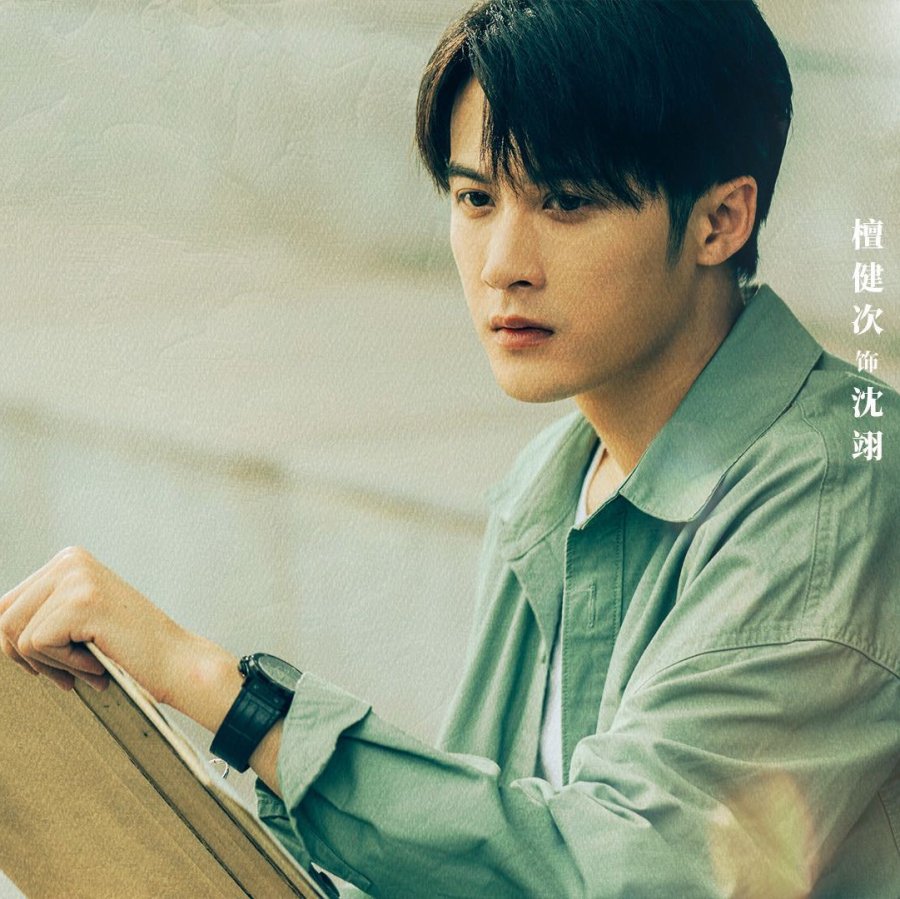 | Shen YiShen Yi is a Police Academy art instructor, who is transferred to Beijiang Police Sub-Bureau, Interpol Team. Genius forensic artist who is a talented painter in his own right, but also a resourceful and perceptive police officer as well as an art instructor. In addition to possessing excellent deductive reasoning for developing inferences based on analysis of physical features and body language, Shen Yi is extremely compassionate and empathetic. Interestingly, he also enjoys taking naps during car rides. |
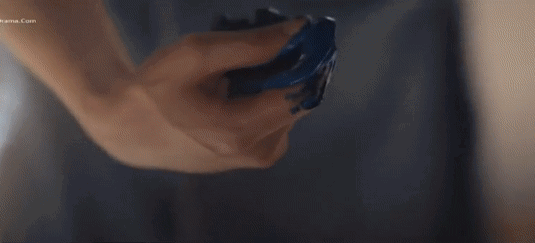 | |
| |
Jin Shi Jia as Du Cheng | |
 | Du ChengThe experienced and righteous team leader of the Interpol team. He transcended his own personal troubled past with the help of the only mentor he had ever known to eventually become an outstanding police detective. The murder of his mentor dealt a heavy blow to him and had driven him to uncover the truth and seek justice for as long as it takes. He and Shen Yi share an intertwined past that revolves around this unsolved mystery. The turbulent start to their professional relationship within the same department gradually evolves into a wholesome and endearing partnership and friendship with elements of adorable bromance. |
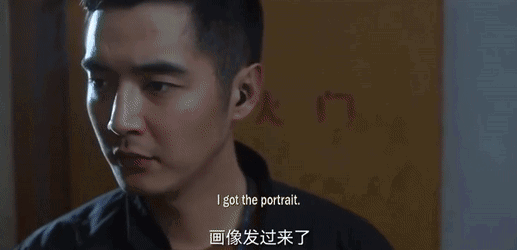 | |
| |
Baby Zhang as He Rong Yue | Zhu Jia Qi as Jiang Feng | Lu Yan Qi as Li Han |
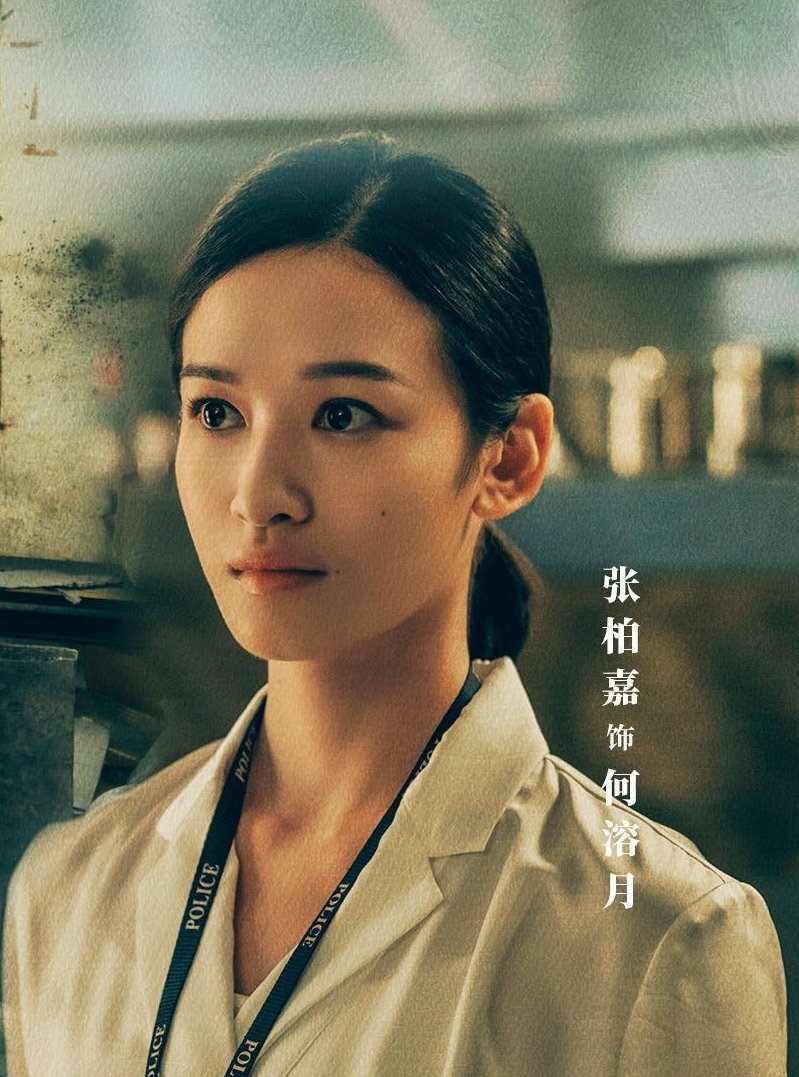 Medical Examiner | 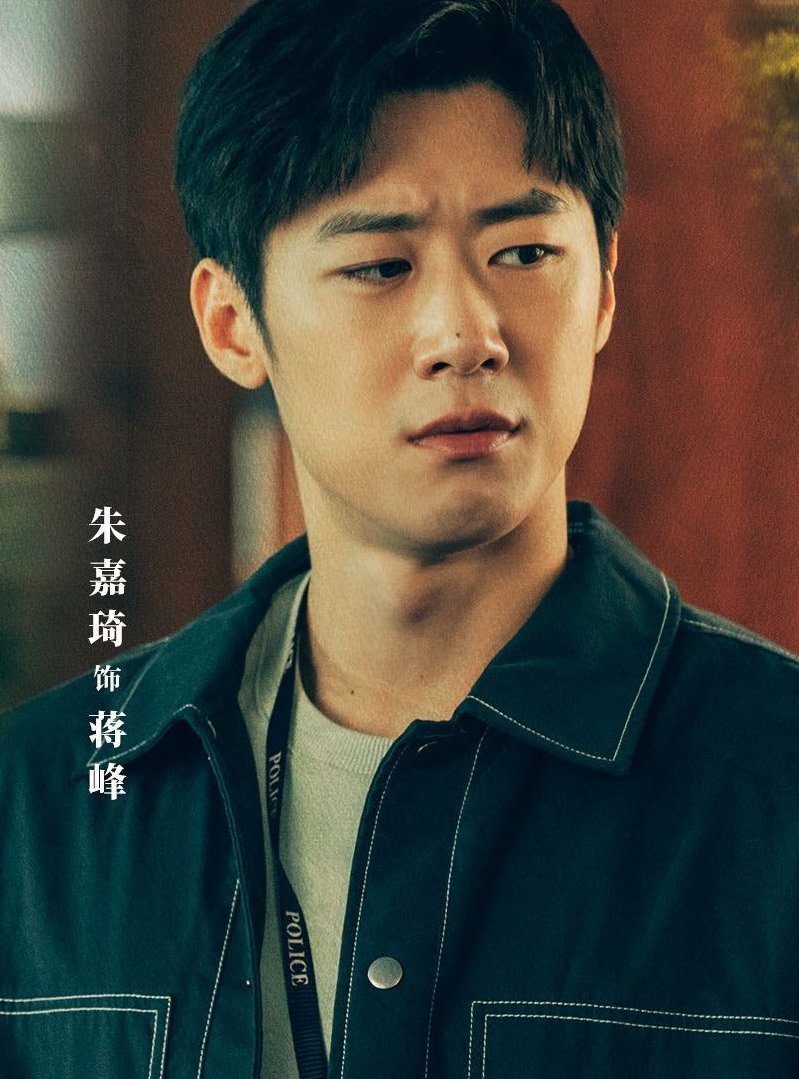 Du Cheng's Assistant | 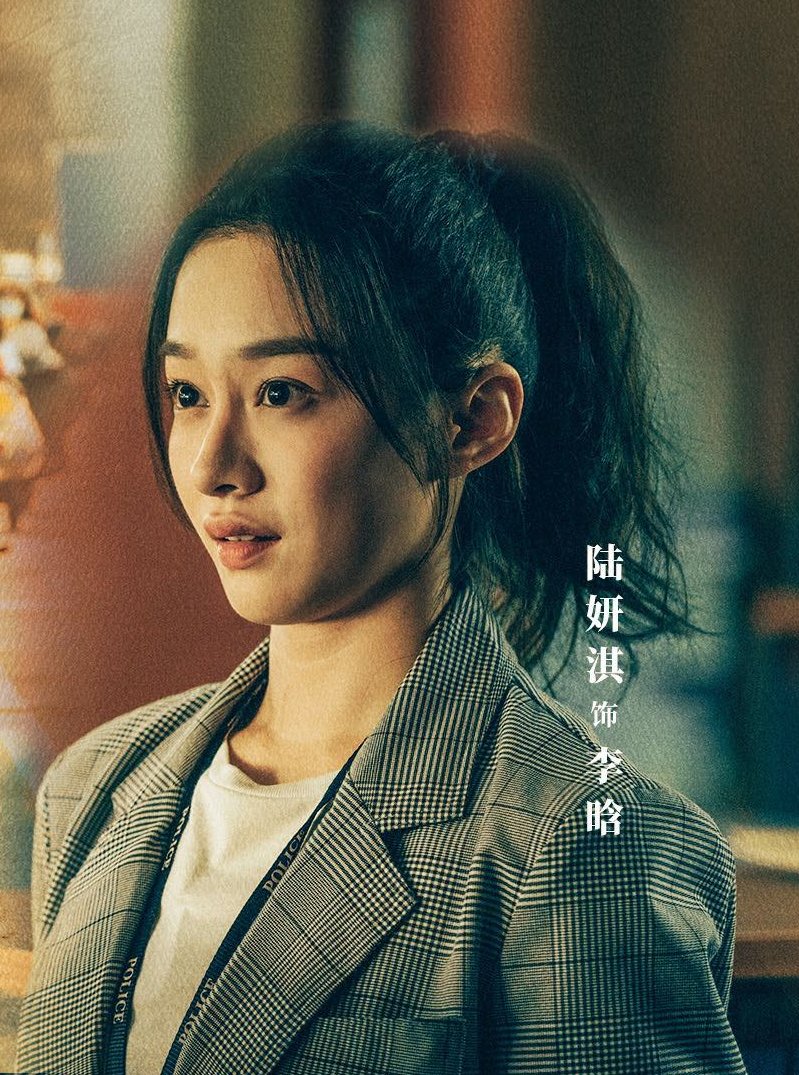 IT Technician IT Technician |
Qin Hai Lu as Chief Zhang | Fang Zi Bin as Yan Tan Sheng | Lawrence Wang as Lei Yi Fei |
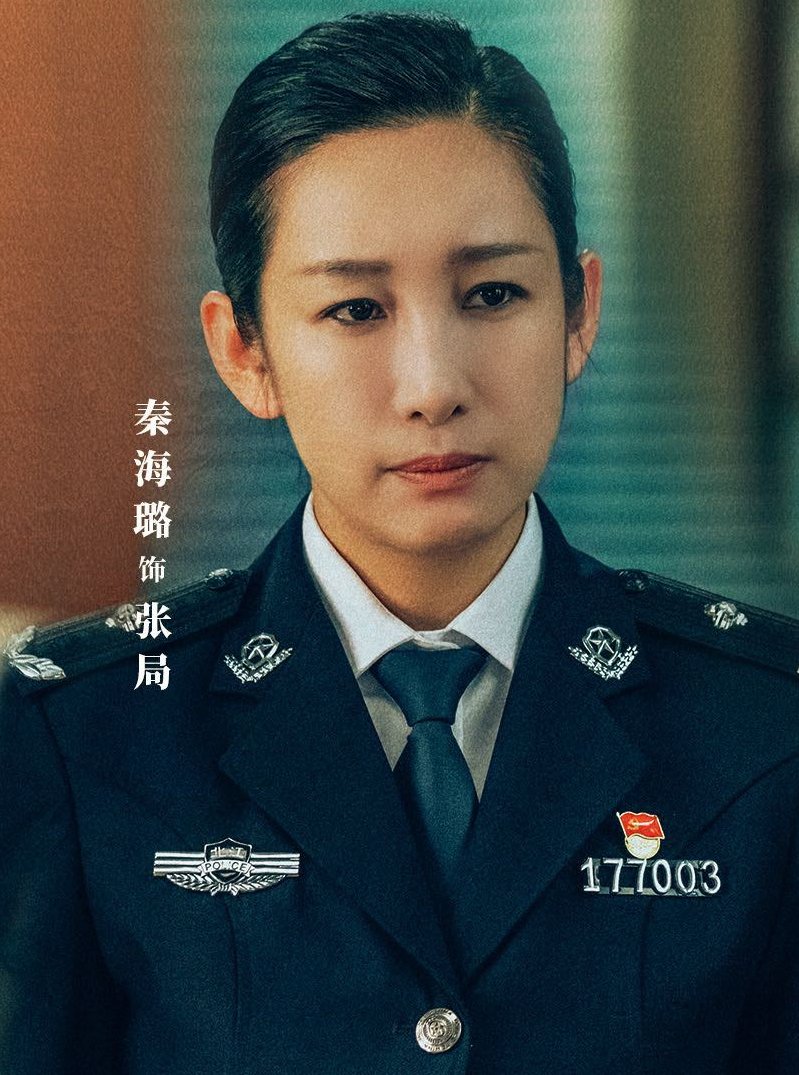 Beijiang Sub Bureau Chief Beijiang Sub Bureau Chief | 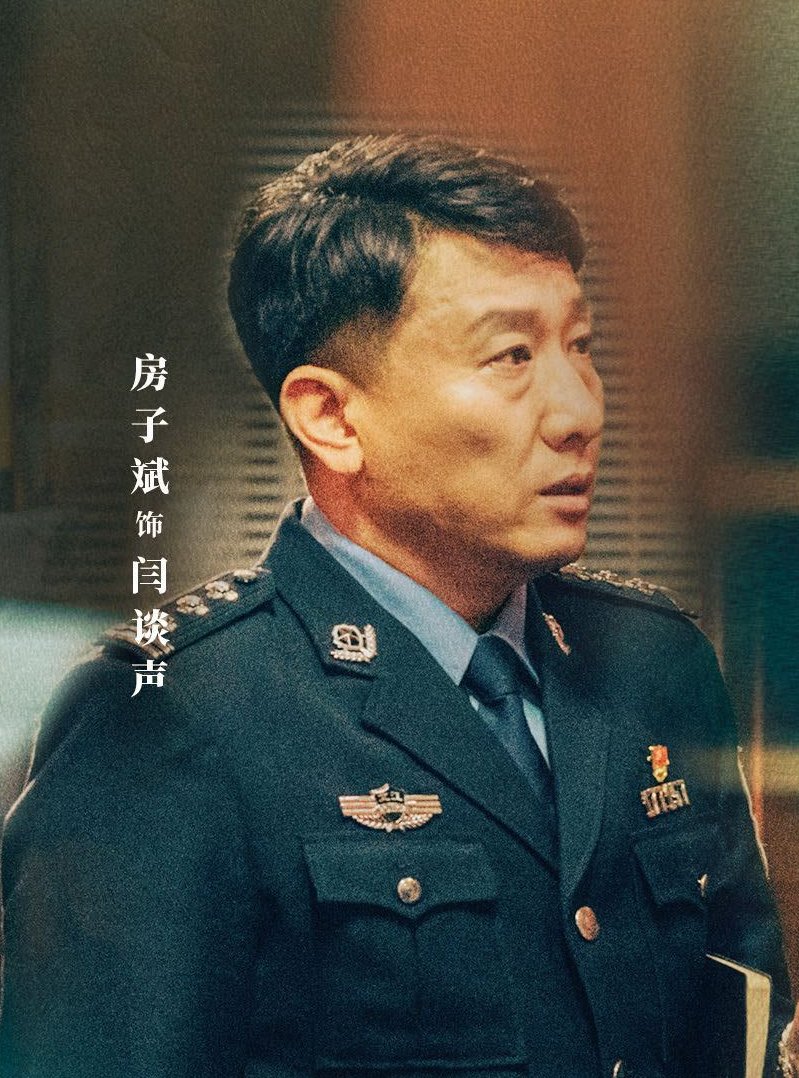 Pre-Trial Officer Pre-Trial Officer | 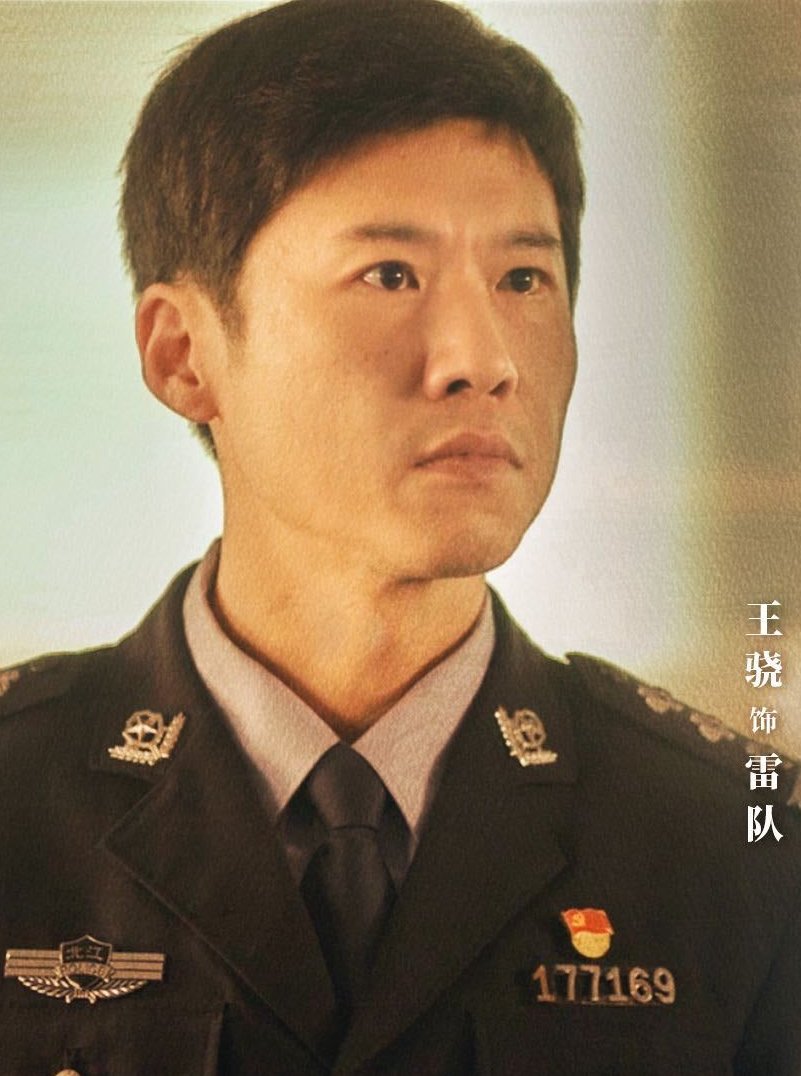 Du Cheng's Mentor Du Cheng's Mentor |
WHY WE RECOMMEND THE DRAMA
Themes
 Under the Skin features a multitude of themes embedded in its storytelling. Considering the topics, social commentary and subtexts presented, we were genuinely surprised that the drama content actually passed through the dreaded NRTA (National Radio and Television Administration – China’s censorship board).
Under the Skin features a multitude of themes embedded in its storytelling. Considering the topics, social commentary and subtexts presented, we were genuinely surprised that the drama content actually passed through the dreaded NRTA (National Radio and Television Administration – China’s censorship board).
One of the things we love about the narrative and characterisation is that nothing is as simplistic as just being black or white. Everyone is grey as far as where their moral compass is set, along with their motivations, fears and personal agenda. Likewise, no perpetrator or culprit is depicted as merely evil and villainous, but instead their actions and present circumstances are shaped by the unexpected and sometimes cruel twist of fate.
A highlight of the subject matters that range from the mundane, sweet coming-of-age and slice-of-life to the melodramatic and tragic in the drama:
- Stories of youth that focus on the concept of loneliness, the sense of belonging, and acceptance.
- A subtle GL undertone exploring admiration, support and longing between two young women.
- Romantic love between couples, as well as familial love between parents and their children.
- The challenges faced in dysfunctional families resulting in estrangement and regrets.
- Trust, betrayal, and finally revenge amidst the passage of time.
- Spotlight on domestic violence including physical and mental abuse, as well as the trauma inflicted from gaslighting.
- Team dynamics with focus on camaraderie and esprit de corp by its members.
- Friendship and bromance cultivated from a deep sense of respect and loyalty in a professional partnership.
- The student-mentor/teacher relationship is heavily featured concerning both leads and the respective father-figures in their past that helped shape their path in life.
- Social commentary and cautionary tales to raise awareness on current issues. These include human trafficking, slavery and exploitation, privacy issues in the form of personal data protection against intrusion via technological means, and fraud concerns arising from sophisticated scams targeted at specific segments of the community.

Forensic Art Techniques and Principles
When it comes to the processes and techniques of forensic art employed, this drama presents a fair amount of exposition that is seamlessly written into the respective cases being investigated by the team. The principles behind the concept are informative yet entertaining that piques viewers' interest in wanting to know more. The science of it all comprises the following:
- Facial composite sketching is the most basic and essential skill that a forensic artist or portrait artist should possess. This involves interpreting eyewitness accounts of what they had seen in a composite sketch. Most of the time, what they had seen may not necessarily correspond to what is actually correct or accurate due to the many variables involved in any given situation, such as the viewing angles and distances, lighting, as well as weather conditions which may adversely impact the clarity of sight.
- Three Forehead and Five Eyes Theory is a traditional Chinese aesthetic theory for comprehending facial configuration that meticulously defines the parameters for determining the five senses organs’ positions and their base size. This theory is extensively applied by Shen Yi in challenging situations such as when deciphering hidden or concealed faces as well as disguises.

- 36 vital bone points of the face that form the basis of facial skeleton composition, as seen in the above images. The human facial skeleton is traditionally composed of 14 bones, and it is from this base structure that the 36 vital points are derived. This technique is useful for performing facial reconstruction in a variety of scenarios, particularly for decomposed remains because although the flesh has all but gone, the facial bone structure is able to withstand the test of time to provide clues that forensic art may pick up on.
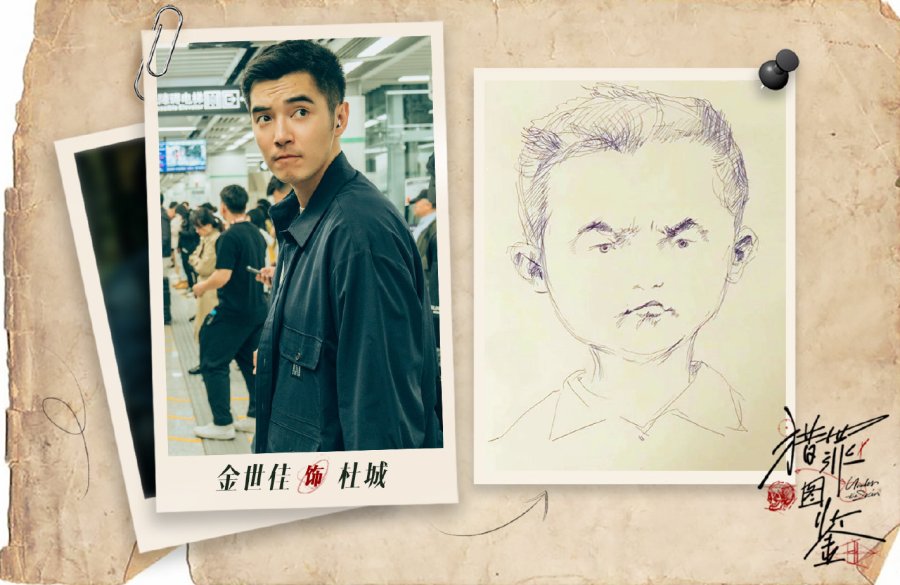 The progressive / regressive age facial prediction is one of our favourite aspects of Shen Yi’s impressive repertoire of forensic art knowledge. Based on a combination of the aforementioned principles, how a person may look at any age can be determined. Through evaluation of a person’s visage or even simply by studying a photograph, a composite sketch of a younger or older iteration of the subject can be produced to a reasonable degree of accuracy. Right image: Du Chen at 8 years old.
The progressive / regressive age facial prediction is one of our favourite aspects of Shen Yi’s impressive repertoire of forensic art knowledge. Based on a combination of the aforementioned principles, how a person may look at any age can be determined. Through evaluation of a person’s visage or even simply by studying a photograph, a composite sketch of a younger or older iteration of the subject can be produced to a reasonable degree of accuracy. Right image: Du Chen at 8 years old.- Clay sculpture and 3-D modelling is a method of facial reconstruction based on the skull structure in the case of identifying skeletal remains. This entails measuring the soft tissue’s thickness to determine muscle shape as the basis for predicting the possible visage of the subject.
- Graphology is the analysis of handwriting and, in the drama, this method is employed to determine the subject(s) character traits and to distinguish the various forms of evidence that had been collected in the course of investigation. Granted, this method is dependent on many assumptions and logical deduction plays a significant role in deciphering clues from graphology indeed.
 |
- Face prediction based on lineage or the children of the subject of interest. This usually applies in the case of single parentage, where the identity of the other parent is in question, as it is depicted in one of the cases in the show. For this method to conceivably work, the child or children and one of the parents would be needed for the predictive composite drawing to be produced. See the above images.
- Composite sketches based on the interpretation of perception, particularly ones that lack clarity or coherence. For instance, in the event of unclear memory or blurred perspective attributed to a traumatic event or even chemically-induced hallucinogens. This approach requires the total understanding and trust of the eyewitness in visualising what was actually observed in a way that makes sense.
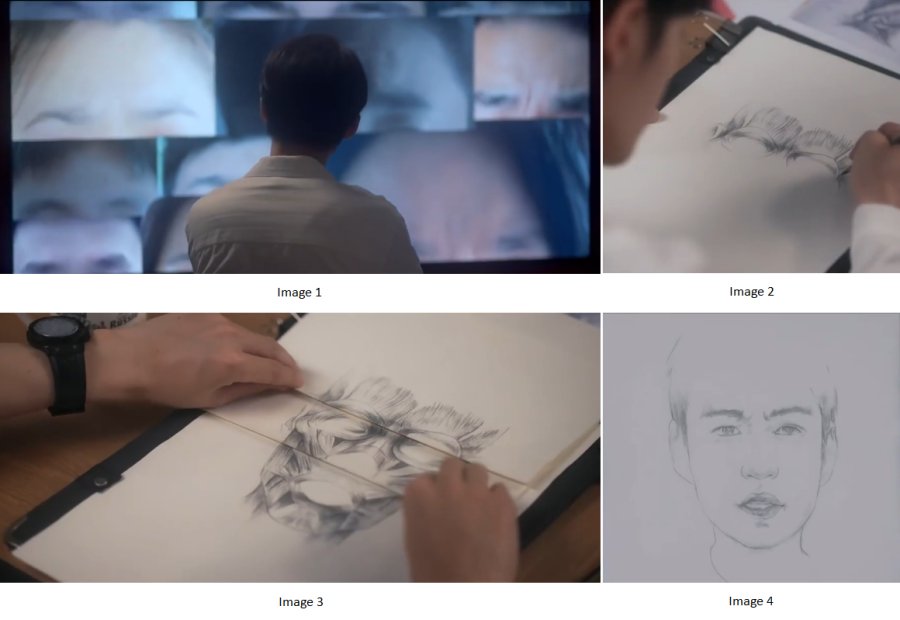 |
- To counter cutting edge technology of Artificial Intelligence (AI) to manufacture fake facial profiles for nefarious purposes, as seen in the images above, Shen Yi demonstrates to viewers his painstaking process of manually deciphering facial compositions from which the artificial renderings are generated.
- This drama never ceases to amaze where viewers are constantly presented with extraordinary circumstances, and this includes distinguishing facial features from ostensibly incongruous markings crudely made by a person with the highly unusual visual impairment of facial blindness.
- At one point in the story, Shen Yi inadvertently manifests his “manhua” skills through a detailed comic book style rendering that depicts the sequential staging of events based on a descriptive narrative and physical inspection of the crime scene. No CCTV recordings? No problem, because Shen Yi will draw everything out for you!
- Kusozu paintings are unique Japanese traditional art forms comprising a series of watercolour paintings that depict the slow decay of a body, usually female, from the first moment of death to the final stage of bare bones, with all the discoloured and bloated steps in between. Shen Yi alludes to this technique in his analysis on the decomposition of skeletal remains during the course of an investigation.
Unique Conditions and Events
This drama brought to our attention a number of perspectives on sensory perception as well as creating awareness of unique conditions that are either unheard of or which we have taken for granted.
- Cognitive bias in the visual context refers to how people think what they see is real but which fails to take into account physical factors that may have skewed their perspective. For instance, the accuracy or correctness of the subject’s physique and countenance could be dependent upon the line, angle, height, and distance of sight.
- The Red Eye Effect is a commonly used term especially for photography. In this drama, such an effect can be unintentionally caused by flash photography or bright lights, thus adversely impacting the quality of the CCTV recording and accuracy of the recorded images which are used to facilitate investigations.
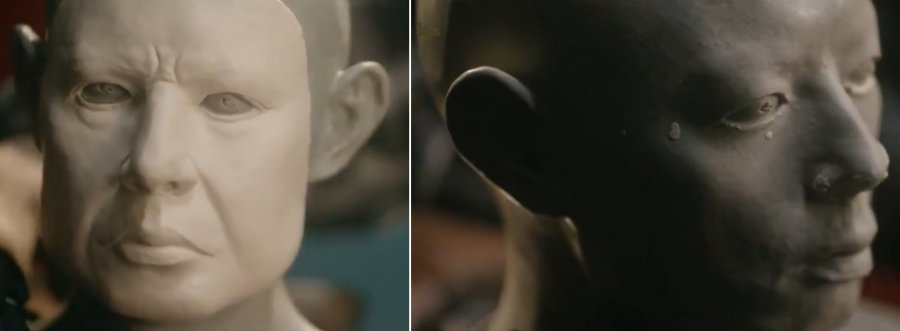
- We’ve seen spies and super agents donning synthetic facial masks to disguise themselves in films like Mission Impossible. Here, the drama takes a step further in explaining to viewers how this actually works. One of the ways for fabricating such facial masks is by using hydrocolloids (compounded natural polymers) which are extracted from konjacs (a type of plant). It is then blended with alkali and gelatin to produce an elastic gel-based artificial skin that bears a remarkable resemblance to actual skin. Something along those lines, but it's definitely more easily explained through visual representation in the drama.
- This is one of those rare occasions when the amnesia trope does not infuriate viewers and is more realistically portrayed as a part of criminal investigations. Acute or sudden memory loss comes in many forms and is depicted as dissociative amnesia resulting from psychological and physical trauma. This drama showcases a psychological approach in extracting the portion of lost or suppressed memory through conceptual visualisation and artistic interpretation.
- One of the cases features the incoherent perspective from an eyewitness account attributed to hallucinogenic influence. At first glance, for example in the above image, nothing appears to make sense as graphic details and hallucinations are interlaced to form vivid imagery of a key event that had transpired.
- Technology plays an important role in this drama, especially in the story arc concerning A.I. renderings of facial profiles as a tool for performing face swapping. As high-tech as the process is, flaws abound through closer inspection of the generated images. But for the uninitiated or the unsuspecting, these fake profiles appear very real indeed. See the example below:
- Apparently, listening to calming musical melodies is conducive to enhancing not only the imagination but also the artistic talents that one might possess, which is demonstrated during a segment on live painting in art class. As opposed to painting what you see, try painting what you actually imagine based on what you hear.
- This drama taught us a little-known medical condition called Prosopagnosia or, in layman's terms, face blindness. It is a brain disorder that is characterised by the inability to recognize or differentiate faces. For the unfortunate people afflicted with this condition, they cannot even recognise their own family members, which adds to the tragedy of their suffering. The image below depicts a sketch of a child as seen by someone with Propagnosia.
- A medical condition that sounds vaguely familiar but not widely known is epileptic seizure induced by visual stimuli. In particular, stimuli caused by intense flashes of light which can be extremely harmful and even fatal to people with light sensitivity. A 1997 mass casualty event in Japan involving 700 school children suffering seizures while watching television triggered by flashing colourful lights is referenced for this particular condition.
- Venturing deeper into the realm of psychology, the drama explores the concept of visually induced psychological and emotional cues to influence decision-making. Despite the subjective nature, the depiction of this subject matter is utterly fascinating and certainly provides food for thought on how the human mind works when unwittingly subjected to persuasive nuances that hit close to home.
Famous Painters and Their Art Pieces
Under the Skin showcases a number of famous works of art by renowned painters that bear certain correlation to the cases depicted in the drama. They provide an in-depth study into the thought processes of the artists, as well as useful insights into the significance of the scenes depicted in the paintings.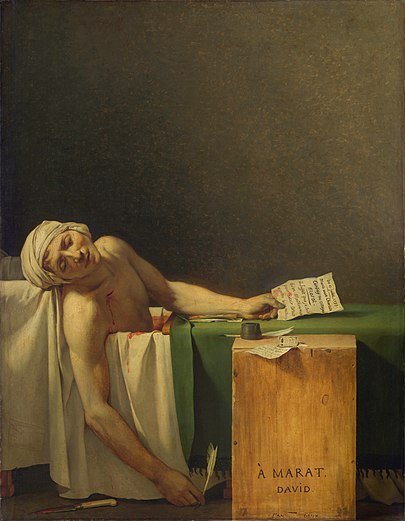 Jacques-Louis David (1748-1825), the French painter and pioneer of the Neoclassical style. The Death of Marat, inspired by the French Revolution and one of the most famous paintings of the era, was painted in 1793 and depicts the artist's friend and murdered French revolutionary leader, Jean-Paul Marat. The painting shows Marat lying dead in his bath after his murder by Charlotte Corday on 13 July 1793.
Jacques-Louis David (1748-1825), the French painter and pioneer of the Neoclassical style. The Death of Marat, inspired by the French Revolution and one of the most famous paintings of the era, was painted in 1793 and depicts the artist's friend and murdered French revolutionary leader, Jean-Paul Marat. The painting shows Marat lying dead in his bath after his murder by Charlotte Corday on 13 July 1793.
Hedwig Marquardt (1884-1969), a prominent female artist whose work belongs to the German expressionist tradition. Her version of the ideal face type that represents the perfect portrait model is discussed by Shen Yi.
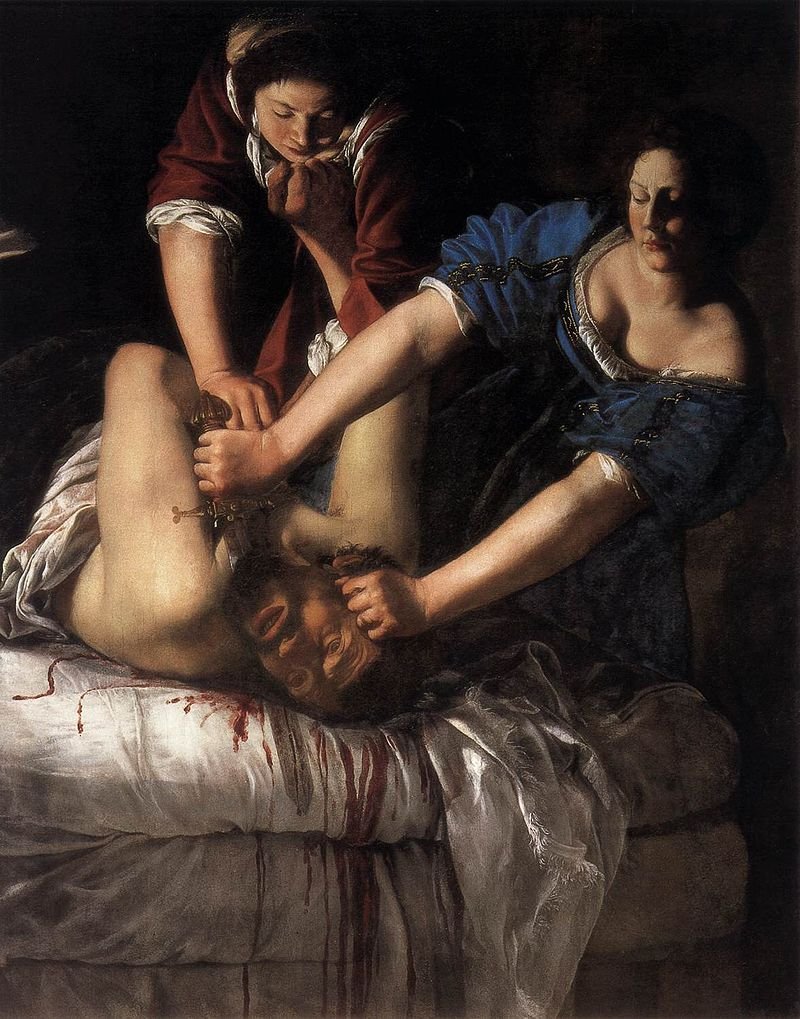 Judith Slaying Holofernes aka Judith Beheading Holofernes is the account of the beheading of Holofernes by Judith based upon the deuterocanonical Book of Judith, and is the subject of many paintings and sculptures from the Renaissance and Baroque periods. Three of the more famous iterations of this theme are featured in the drama, namely by Michelangelo Merisi da Caravaggio (1571-1610) which was completed in 1599, the 1613 painting by Artemisia Gentileschi (1593-1656), seen in the right picture, and the version by Cristofano Allori (1577-1621) in 1612.
Judith Slaying Holofernes aka Judith Beheading Holofernes is the account of the beheading of Holofernes by Judith based upon the deuterocanonical Book of Judith, and is the subject of many paintings and sculptures from the Renaissance and Baroque periods. Three of the more famous iterations of this theme are featured in the drama, namely by Michelangelo Merisi da Caravaggio (1571-1610) which was completed in 1599, the 1613 painting by Artemisia Gentileschi (1593-1656), seen in the right picture, and the version by Cristofano Allori (1577-1621) in 1612.
 William Hogarth (1697-1764) was an English painter, printmaker, pictorial satirist, social critic, and editorial cartoonist. He is widely known for his collection of paintings called "modern moral subjects", the most famous of which is A Rake's Progress. Comprising a series of eight paintings that show the decline and fall of Tom Rakewell, the spendthrift son and heir of a rich merchant, who comes to London, wastes all his money on luxurious living, prostitution and gambling, and as a consequence is imprisoned in the Fleet Prison and ultimately Bethlem Hospital. The art piece shown in the drama is A Rake's Progress in the Madhouse (left picture).
William Hogarth (1697-1764) was an English painter, printmaker, pictorial satirist, social critic, and editorial cartoonist. He is widely known for his collection of paintings called "modern moral subjects", the most famous of which is A Rake's Progress. Comprising a series of eight paintings that show the decline and fall of Tom Rakewell, the spendthrift son and heir of a rich merchant, who comes to London, wastes all his money on luxurious living, prostitution and gambling, and as a consequence is imprisoned in the Fleet Prison and ultimately Bethlem Hospital. The art piece shown in the drama is A Rake's Progress in the Madhouse (left picture).
Fun Facts
The production team reportedly performed extensive research into the famous art pieces as well as the application of forensic art methodology in modern criminal investigations, which provide the inspiration behind the unique forensic art concept and series of unusual cases depicted in the drama. Apparently the number of cases researched are a lot more than was featured in the screenplay, so there is hope for a second season to be filmed based on the source material collected.
The premise draws parallels to many real life police profilers and portrait artists in Chinese law enforcement. This includes Lin Yu Hui, a police sketch artist from East China's Shandong province, who had assisted the FBI in the Zhang Ying Ying case in 2017 by creating a sketch of the man accused of kidnapping and murdering the Chinese scholar based on only grainy surveillance video footage. Click on the images to direct you to the articles describing the forensic works of Mr. Lin.
 |
Additionally, there was an actual case of skeletal remains recovered in China where the forensic artist managed to produce a sketch of the facial profile which was recognised by the victim's brother. In another case, a portrait artist was credited with drawing the adult facial profiles based on children's photos, which helped to crack a kidnapping case and reunited several missing children who were kidnapped years earlier.
Following the success of the drama, which achieved a rating of 7.0 on Douban, a Bilibili documentary that provides a detailed review of such portrait artists and their respective cases was produced. You can watch the documentary here.
CONCLUSION
So there you have it, folks. Our take on what makes this drama worthy of your time to at least give it a chance to see if the intrigue and myriad fascinating features hook you from the get-go. As an added bonus, rumour has it that a second season is a very distinct possibility. What gives us this impression is that the production team had evidently amassed an abundance of real-life criminal cases during their research for this drama that have not been included in the screenplay. With so many stories that remain untold, we truly hope a sequel is in the pipeline for the near future. Moreover, that enigmatic ending scene in the last episode certainly foretells as much, which elevates our excitement even further.
In case you're wondering, don't worry. Under the Skin absolutely DOES NOT END IN A CLIFFHANGER. You can be rest assured of a proper and, in our humble opinion, extremely satisfying closure to what has been a gem of a production indeed!
We hope you've enjoyed our little review article and that you'll enjoy the drama as much as we have, if you decide to check it out. Please feel free to share your thoughts or any question that you may have in the comments section below. Until next time, have fun in dramaland! :)
THANK YOU FOR READING AND HAPPY WATCHING!
 |
Thank you to the editors who edited our article, and to _sunflower_ for the image source info. The images are linked to their sources; otherwise they are taken from photos on MDL drama page, screenshots, Douban, and Weibo. All GIFs are self-made from the drama scenes. Feature image is a self-made collage of photos from the above sources. | Edited by: Tine (1st editor) |


